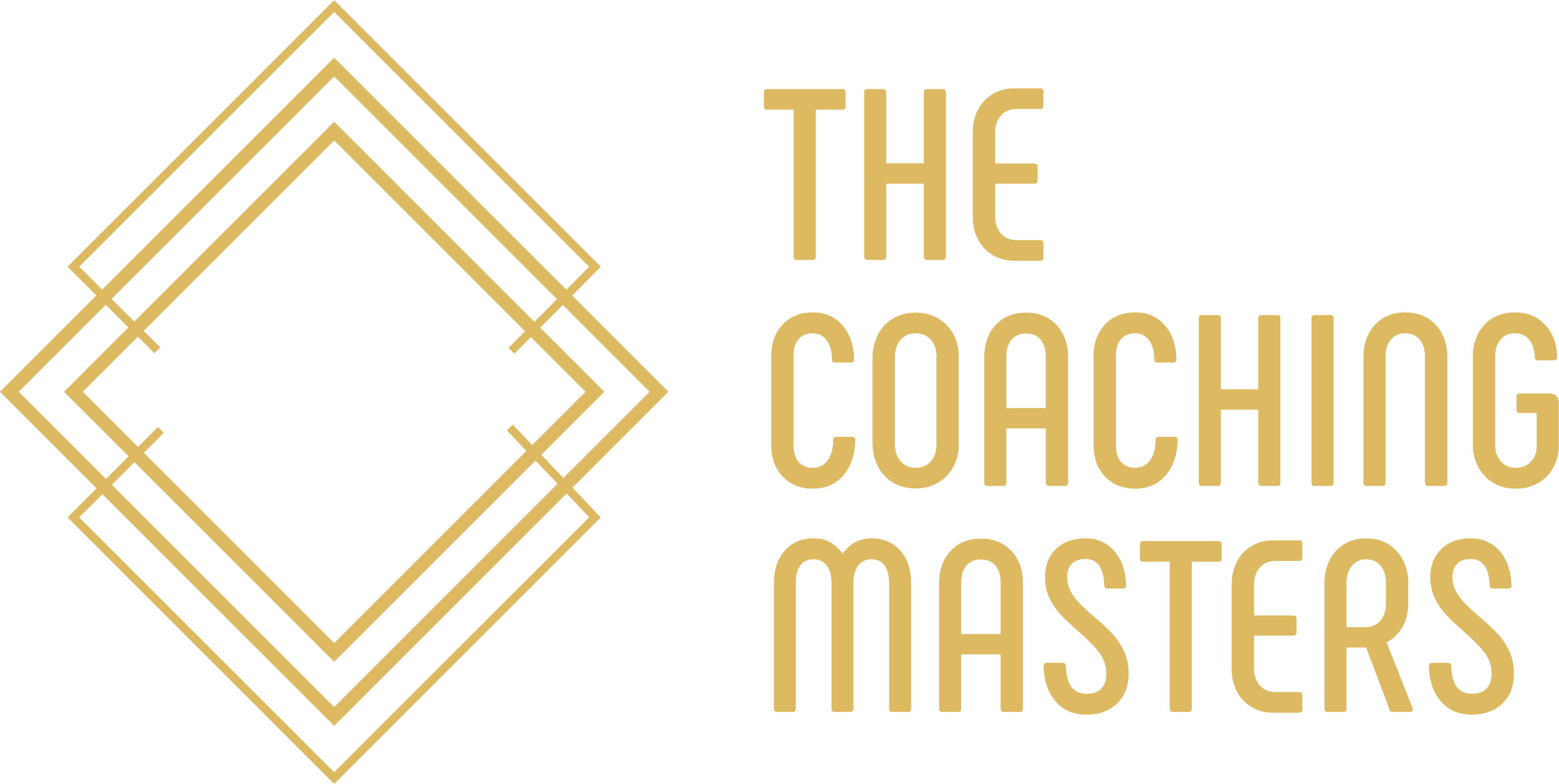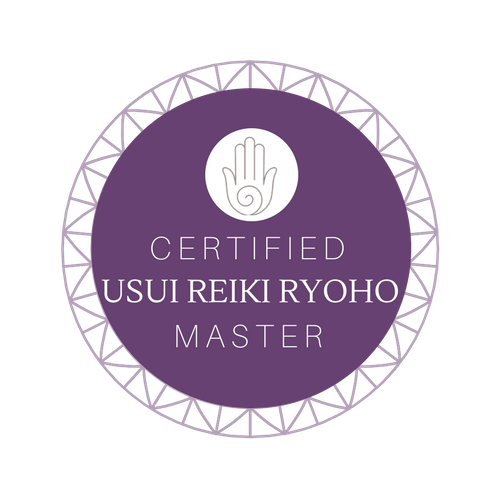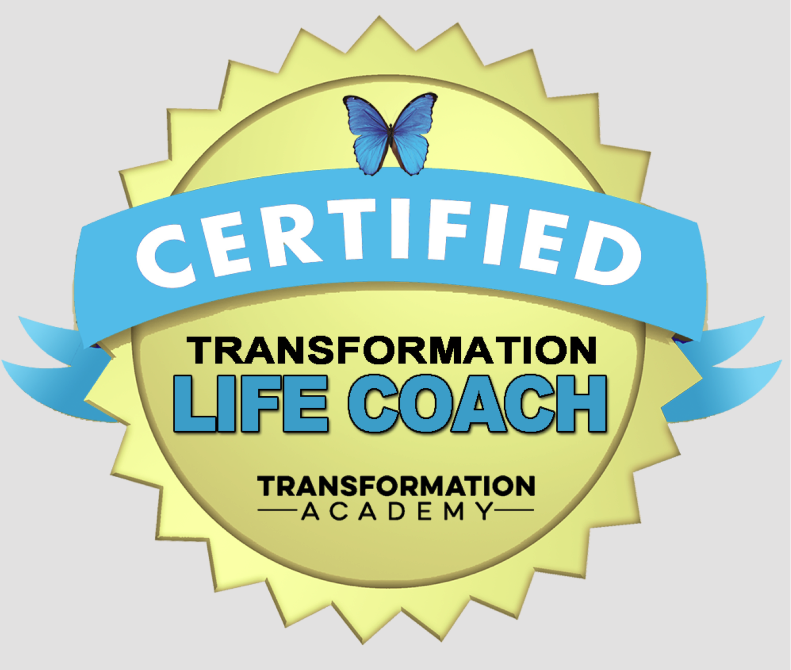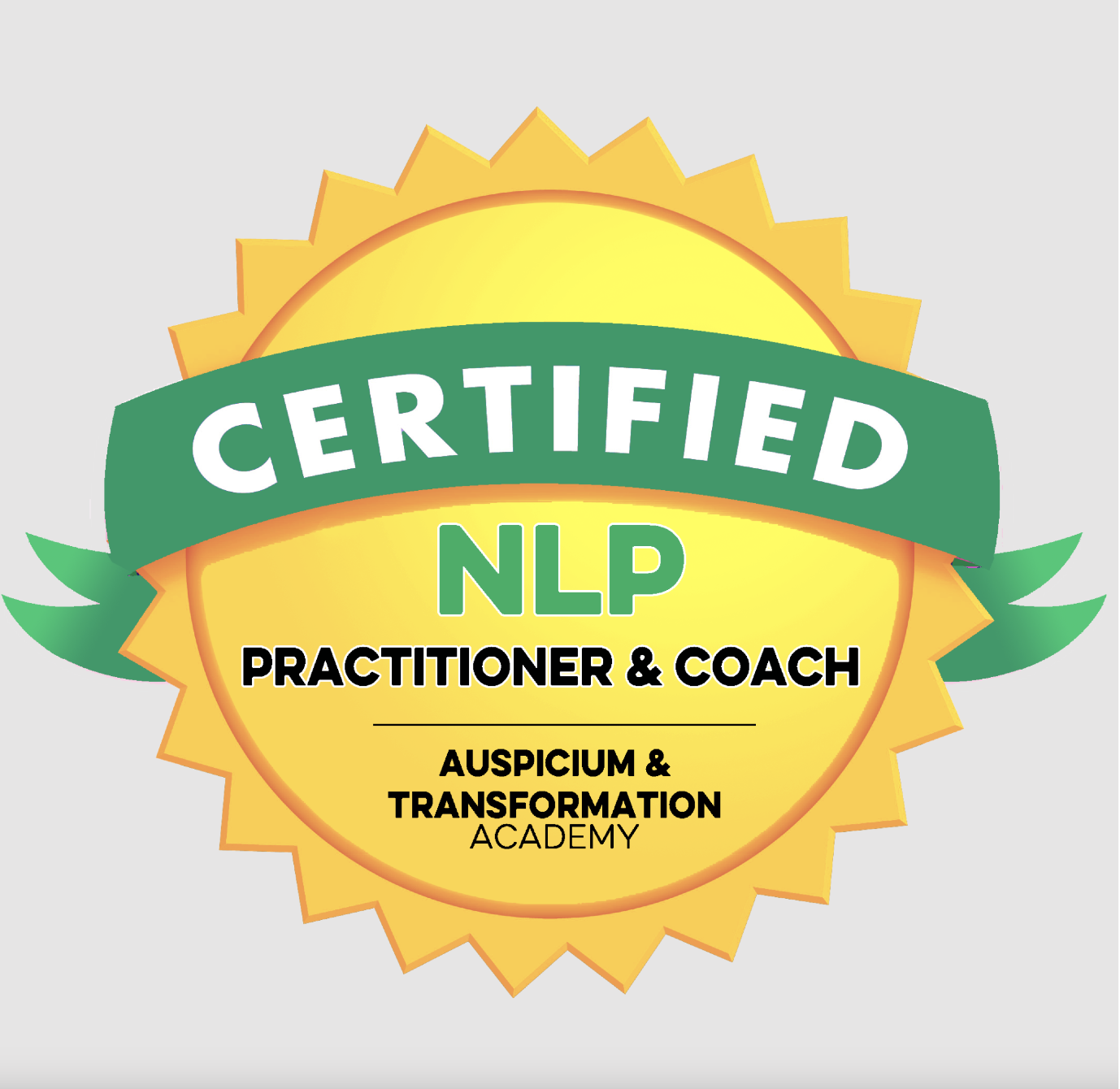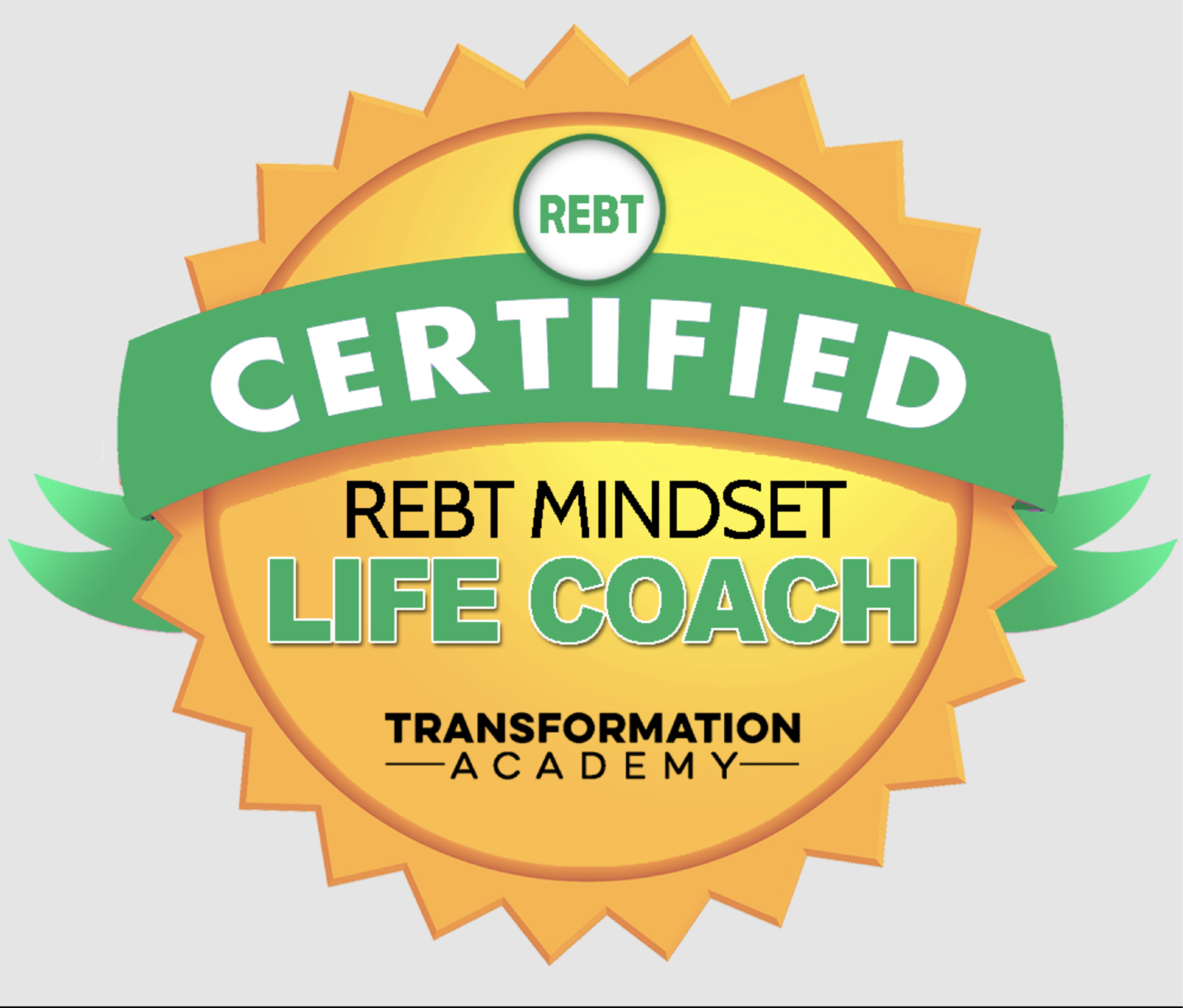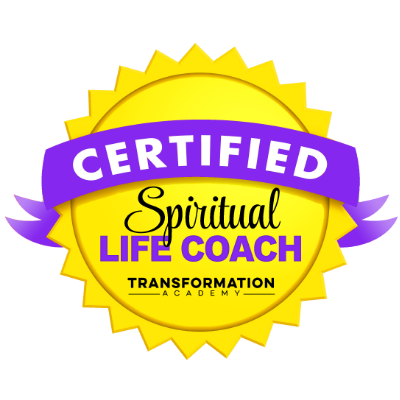Introduction To Crystals

Crystals have been used for holistic healing purposes. Every crystal emits vibrations, which can help to balance, calm and positivity into your life.
Crystals have always been sought after objects but they are now more popular with people using them for meditation and healing.
A Timeline Of Crystal History
From the Little Book Of Crystals by Astrid Carvel.
The fascination with crystals date back to thousands of years - here is a snapshot of how we have used and benefitted from them throughout history.
25,000 years BC - There are amulets and talismans in Britain from the Upper Palaeolithic era, many of which are made with Baltic Amber (formed over 45 million years ago from tree resin). The use of this gemstone in the both jewellery and charms suggests that it was valued for its beauty as well as protective properties.
14,000 year BC - Dating back to the upper Palaeolithic era, jet beads, bracelets and necklaces have been unearthed in burial grounds near Thayngen, Switzerland, and in caves in Belgium. The talimanic properties of the beads made them an appropriate grave offering for the dead in early civilization.
4500-2000 BC - The first recorded references to the use of crytals were likely from the Ancient Sumerians, who are said to have used gemstones in magic formulas. Magical texts took the form of incantations and describe ritualistic practices performed by these ancient peoples, largely to ward off evil spirits and bad omens in their communities.
3100-330 BC - Ancient Egyptians used crystals, such as lapis lazuli, carmelian, turquoise, clear quartz and emerald, in their amulets and jewellery for health and protection. The dead were buried with a piece of quartz on their forehead to safely guide them to the afterlife, and a necklace of rubies over the heart was intended to bring love into one's life. They also used lapis lazuli and malachite as eye make-up, as shown in their murals and tomb paintings.
1500-1000 BC - In the span of some five hundred years, four sacred Hindu texts were composed, collectively named the "Vedas": Rig-Veda (for recritation), Yajur-Veda (for liturgy), Sama-Veda (for chanting) and Atharva-Veda (magic formulas). These texts discuss the use of different crystals to treat certain medical ailments as well as their specific properties, it is said, for example, that emerald will bring good luck. Ayurvedic medicine is based on these Vedic texts and is still used today as an alternative therapy.
800-600 BC - In Ancient Greece, crystals were used by soldiers and sailors alike to seek protection from battle and forces of nature. The Greeks gave names to these crystals, many of which we still use today; the word "crystal" itself comes from the Greek word for "ice", as it was thought that a crystal was simply permanently frozen water.
315 BC - A text by Theophrastus, titled Peri Lithon (On Stones) was composed, referencing the healing power of gems and their use in medical practice.
300 BC - The earliest known written record of Chinese medicine was composed. Named the Huangdi Neijing (The Yellow Emperor's Classic Of Medicine), it comprised concepts for traditional Chinese medicine, which remains the basis of modern practice. Although the system of this medicine is thought to have been around for many thousands of years prior to this, the work coutlines a number of important prinicples for healing practice and refers to energies from the natural world around us. Jade is a particularly important stone in Chinese culture, believed to bring healing and good fortune.
27 BC-AD 476 - Romans used crystals as amulets and talismans to provide them with protection in battle, and attract health and good fortune in their private lives. Crystals were also used in Roman medical treatments.
77 - Pliny wrote Natural History, in which he attributed healing values to each crystal.
c. 350 - St Epiphanius, Bishop of Salamis in Cyprus, wrote a treatise on the stones mentioned in the Bible. The text, De Duodecim Lapidibus (On Twelve Stones), speaks about the 12 stones in the breastplate of the High Priest (Exodus 28) and assigns therapeutic virtues to each one, while also denouncing their supposed "magic powers".
c. 1067-81 - Marbod, Bishop of Rennes, writes his De Lapidibus (On Stones), in which he describes 60 gemstones and their magic properties.
1221-84 - Alfonso X, King of Castile and Leon, forms connections between gemstones and astrology in his own lapidary text.
c. 1260 - Saint Albert the Great wrote the treatise De Mineralibrus (On Minerals) and took a scientific view on their use in healing practices. While focusing heavily on the origins and formation of gemstones, the texts also gives weight to their celestial powers.
1300-1600 - During the Renaissance period in Europe, precious and semi-precious stones were used in herbal remedies to heal the sick. The invention of the printing press allowed ancient and contemporary texts on crystals to reach a wider audience than ever. The increased fascination with ancient Greek, and Roman cultures fostered a renewed interest in the healing properties of gemstones, as well as their use in sculpture, art and architecture.
c. 1546 - Georg Baur wrote De Natura Fossilium, the first scientific text on minerology, describing the physical characteristics of stones.
1659 - Gemmarius Fidelius (The Faithful Lapidary) by Thomas Nicols is published. It argues that gems do not possess any special healing properties. Thus, in the Age of Enlightenment, the use of precious stones for healing and protection fell out of favour in Europe.
Mid-1800s - Investigations into crystal and faith healers and their practices begin to increase scepticism around crystal healing.
1880 - The Curie Brothers record the piezoelectric effect (whereby a mechanical force applied to the crystal produces an electrical charge) in quartz.
1921 - Water Guyton Cady patented the first quartz crystal oscillator, which is widely used in radios, radars and other technologies.
1970s - The advent of New Age culture enjoys a revival of crystals and gemstones for healing practices, which had been side-lined for some time against growing scepticism. Books start to repopularise the use of crystals for spiritual well-being.
Today, our use of crystals continues the long, though by no means exhaustive history presented here. Crystals are once again becoming part of more mainstream complementary therapies, in addition to their technological uses, and are widely acknowledged for their benefits to our spiritual well-being.
Not only do crystals have a history, but they are history formed over millions of years and acting as a genuine, physical connection to Earth and the universe that surrounds us.
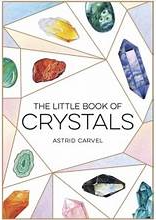
Please note the timeline part of the article was taken from The Little Book Of Crystals by Astrid Carvel.

Click the link below to book your free clarity call or free virtual coffee chat.
Grab a copy of our newletter by completing the form below, this will then be sent to your inbox every month.
My Affirmation For The Week
"Every act of creation is first of all an act of destruction."
